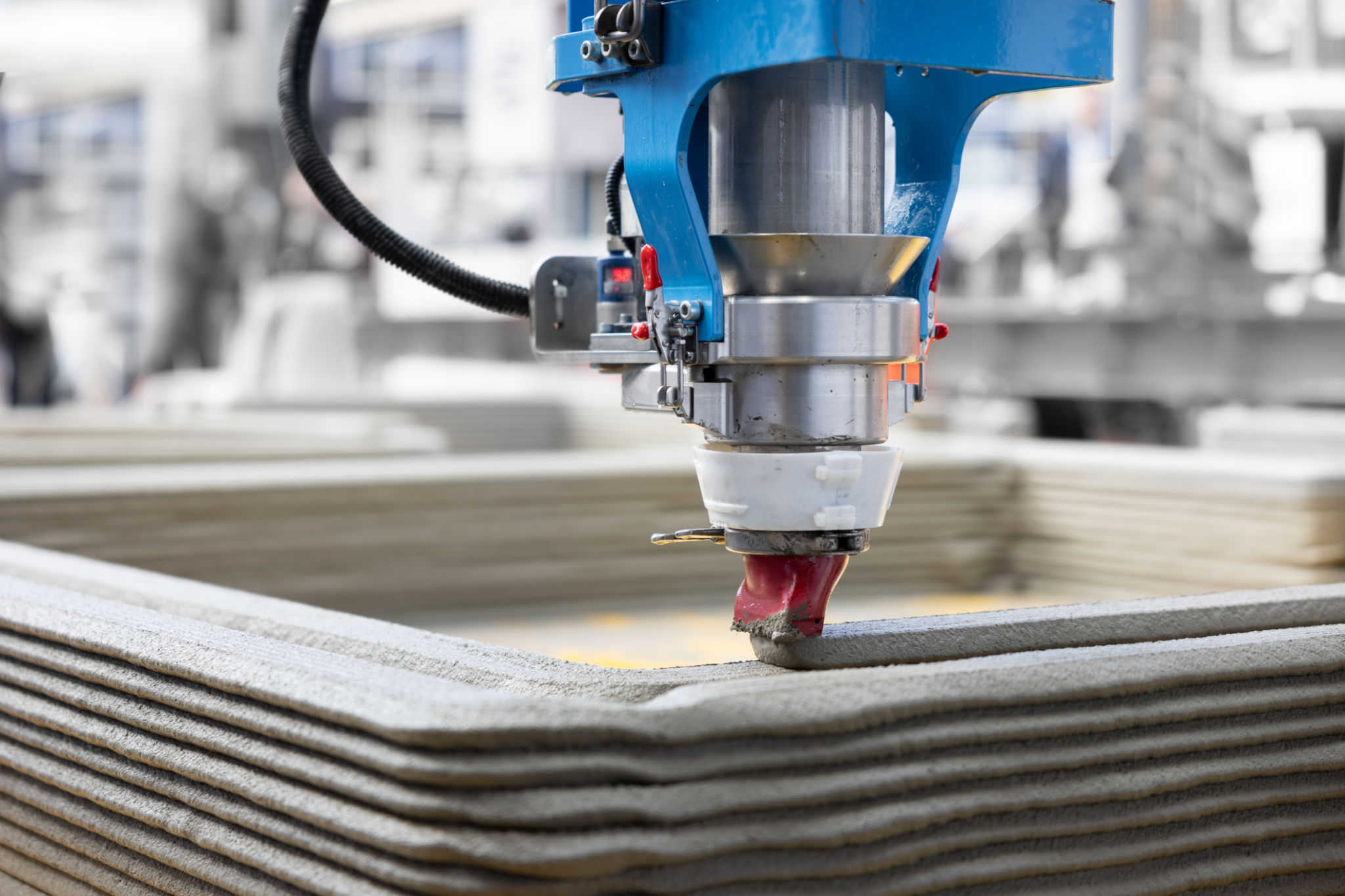Rapid Prototyping vs. Traditional Prototyping: A Comprehensive Guide
Understanding Prototyping
Prototyping is a crucial step in the product development process. It allows designers and engineers to create a preliminary version of a product, which can be tested and evaluated before moving on to full-scale production. There are two main approaches to prototyping: traditional prototyping and rapid prototyping. Each method has its own advantages and challenges, making it essential to understand the differences before choosing the right approach for your project.
What is Traditional Prototyping?
Traditional prototyping involves creating a physical model of a product using conventional manufacturing techniques such as machining, molding, and casting. This process can be time-consuming and costly, as it often requires specialized tools and skilled labor. However, traditional prototyping is known for producing robust and high-quality prototypes that closely resemble the final product.

Advantages of Traditional Prototyping
One of the main benefits of traditional prototyping is its ability to produce highly detailed and durable prototypes. This method is ideal for products that require precise engineering and testing under real-world conditions. Additionally, traditional prototyping allows for thorough testing of materials and structural integrity, ensuring the final product meets all necessary standards.
Introduction to Rapid Prototyping
Rapid prototyping, on the other hand, utilizes modern technologies such as 3D printing, CNC machining, and laser cutting to quickly create prototypes. This method offers a faster and more flexible approach to prototyping, enabling designers to experiment with different designs and iterate quickly. Rapid prototyping is particularly popular in industries where speed and innovation are critical.

Benefits of Rapid Prototyping
The primary advantage of rapid prototyping is its speed. By leveraging digital technologies, prototypes can be produced in a matter of hours or days, rather than weeks or months. This accelerated timeline allows for more frequent testing and iteration, ultimately leading to a more refined final product. Additionally, rapid prototyping reduces costs by minimizing the need for specialized tools and labor.
Comparing the Two Approaches
When deciding between rapid prototyping and traditional prototyping, several factors should be considered. Cost, time, material use, and intended use of the prototype all play a significant role in determining the most suitable approach. Rapid prototyping is often preferred for early-stage design validation and quick iterations, while traditional prototyping excels in producing final-stage prototypes that require rigorous testing.

Which Method is Right for You?
The choice between rapid and traditional prototyping largely depends on your project’s specific needs. If you require multiple iterations and fast feedback loops, rapid prototyping may be the best fit. However, if your project demands high precision and material-specific testing, traditional prototyping might be more appropriate. Ultimately, many companies find value in integrating both methods into their development process to take advantage of their respective strengths.
Conclusion
Both rapid and traditional prototyping have their unique advantages that can significantly impact the success of product development. By understanding the differences between these two methods, businesses can make informed decisions about which approach aligns with their goals. Whether you prioritize speed or precision, there is a prototyping solution that can meet your needs and help bring your ideas to life efficiently and effectively.
